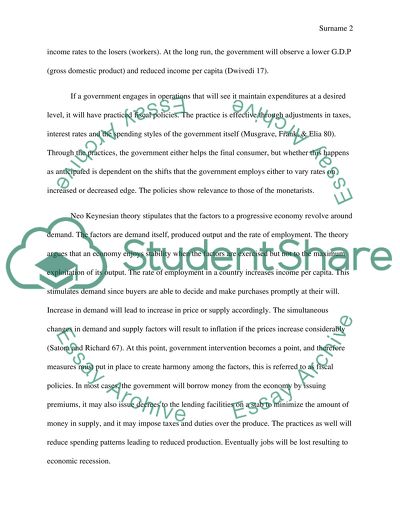Cite this document
(“The effectiveness of fiscal policy between the Neo-Keynesian and the Essay”, n.d.)
The effectiveness of fiscal policy between the Neo-Keynesian and the Essay. Retrieved from https://studentshare.org/macro-microeconomics/1458226-the-effectiveness-of-fiscal-policy-between-the-neo
The effectiveness of fiscal policy between the Neo-Keynesian and the Essay. Retrieved from https://studentshare.org/macro-microeconomics/1458226-the-effectiveness-of-fiscal-policy-between-the-neo
(The Effectiveness of Fiscal Policy Between the Neo-Keynesian and the Essay)
The Effectiveness of Fiscal Policy Between the Neo-Keynesian and the Essay. https://studentshare.org/macro-microeconomics/1458226-the-effectiveness-of-fiscal-policy-between-the-neo.
The Effectiveness of Fiscal Policy Between the Neo-Keynesian and the Essay. https://studentshare.org/macro-microeconomics/1458226-the-effectiveness-of-fiscal-policy-between-the-neo.
“The Effectiveness of Fiscal Policy Between the Neo-Keynesian and the Essay”, n.d. https://studentshare.org/macro-microeconomics/1458226-the-effectiveness-of-fiscal-policy-between-the-neo.


